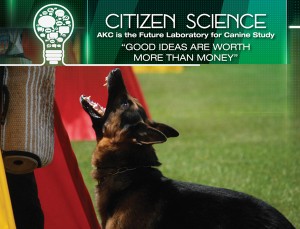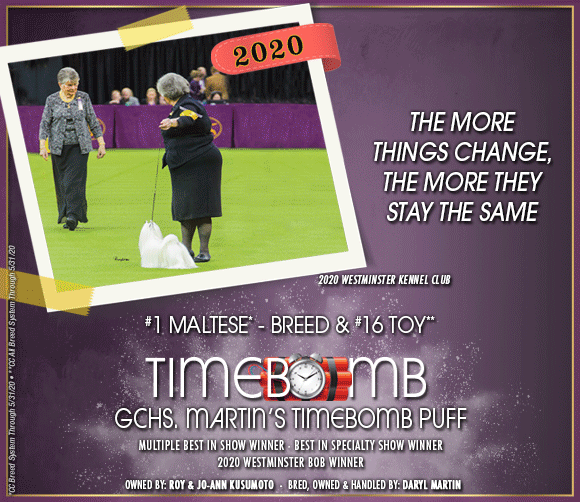Citizen Science – AKC is The Future Laboratory for Canine Study
Click here to read the complete article
124 – August, 2020
 By Carmen L. Battaglia
By Carmen L. Battaglia
BACKGROUND
Traditional research has always been considered the purview of the university and the research laboratory. This belief has effectively ruled out other kinds of good science and took away the motivation of others to become involved. However, following the events of 9/11, Brussels, Boston, Las Vegas, New York and London, the need to move the psychological machinery of research in a new direction became a compelling issue. Two problems stood out: The increase in the number of terrorist attacks and natural disasters, and the demand for more explosive detection and patrol dogs (Browne, Evans). Most countries now share these problems. Complicating matters here in the US is the fact that the roles being assigned these dogs have changed from detecting bombs and firearms to searching for live people, cadavers, drugs, insects, larva, endangered species, and diseases (Browne). According to government sources, about 90 percent of the detection working dogs in the US come from overseas, and buying them from European breeders has many problems ranging from the quality of the available supply and the time and cost associated with training and evaluating them to the concern that only 35% successfully complete their training and ultimately become successful (Maejima, Wilson and Sundren, Evans). Guide dogs have a somewhat better success rate at about 50% (Rod Haneline). The European model for producing these dogs relies on local breeders who train and sell dogs to vendors who serve as middlemen and bring dogs to several locations for the buyers. Because most buyers have no interest in breeding, the European vendors sell most of their dogs without pedigrees. As the demand continues to increase–because of terrorism and natural disasters–the need for a better “working dog” continues to increase (Browne).
One of the biggest obstacles standing in the way of increasing a domestic supply is the high rate of failure among those selected. This problem is, in part, related to the wide differences in working conditions and the complications related to the regulations used for acquisitions (Wilsson). For example, explosive detection work requires that dogs correctly identify a target odor, indicate its presence to the handler, not be distracted, and not indicate the order if it is absent. The wide range of requirements used to describe what is required points to the importance of having a better dog. Regulations today for the acquisition of working dogs often include the ability to search for: live people, cadavers, drugs, firearms, endangered species, and diseases (Browne, Stafford, & Fordham). The breeds considered most suitable come primarily from the sporting, herding and working groups and are often owned by those who participate in search and rescue work, herding, hunting or other competitive working dog sports.
Click here to read the complete article
124 – August, 2020

Short URL: https://caninechronicle.com/?p=188335
Comments are closed











